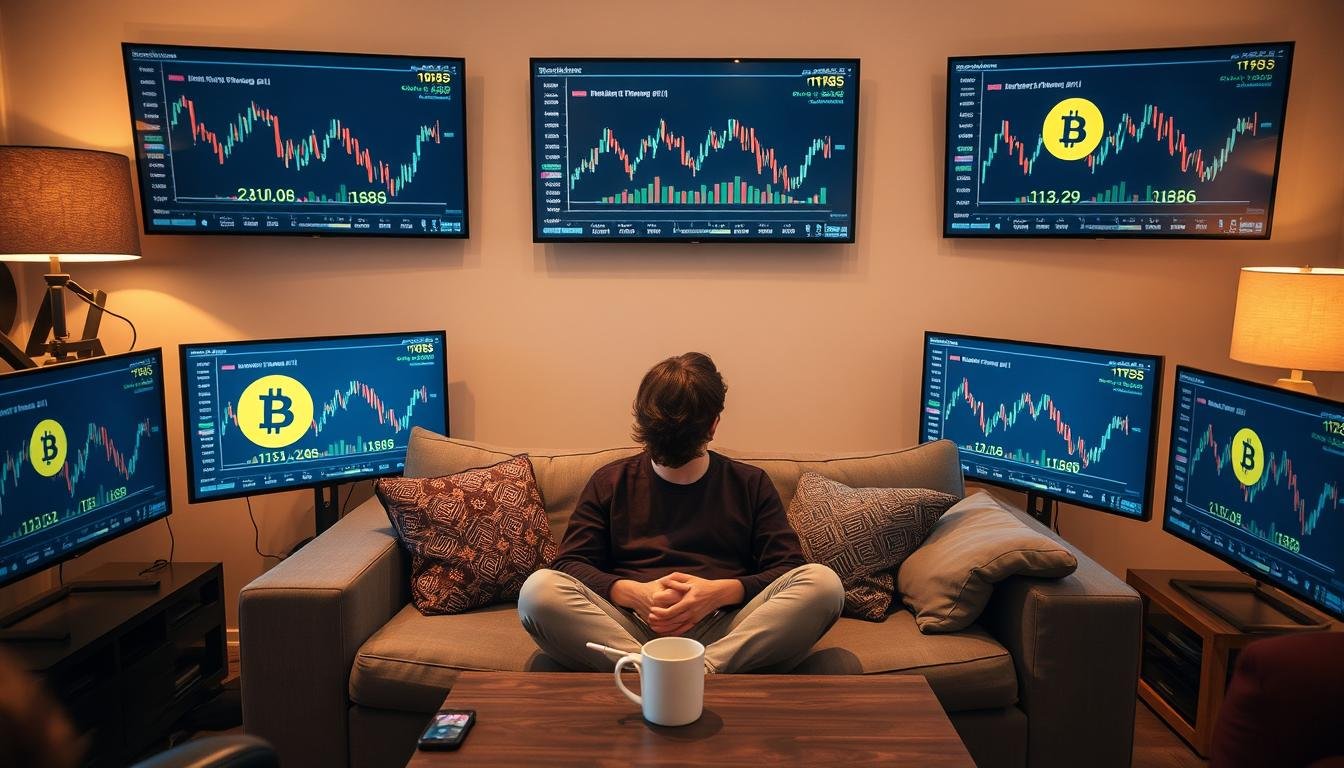Fed Actions Halt Trump Rally: Markets Face New Reality

The stock market grew a lot during Donald Trump's time in office. But, the Federal Reserve's recent moves stopped this growth. Now, the market is facing big changes and uncertainty.
Experts and leaders are trying to understand how these changes will affect the economy.
Key Takeaways
- The Fed interrupted the stock market's Trump rally with its recent actions.
- Federal Reserve policy shift includes raising interest rates and reducing asset purchases.
- Market adaptation has led to increased volatility and political uncertainty.
- Historical context of the Trump rally provides insight into the market's previous growth.
- New market conditions are prompting a reassessment of investment strategies.
The Fed's Recent Actions: An Overview
The Federal Reserve has made big changes lately. It's moving away from the big help it gave the economy before. Now, it's focusing on a new way to manage money.
The Federal Reserve's Policy Shift
The Fed is now cutting back on buying assets. This change is to slow down the economy a bit. It wants to keep inflation in check and help the economy grow steadily.
Impact on Interest Rates
The Fed is also raising interest rates. This move is to make borrowing and spending less. It's trying to slow down inflation. Already, bond and mortgage rates are going up.
Immediate Market Reactions
The market reacted fast to these changes. People are watching the Fed closely. This has made stocks and bonds move a lot.
| Date | Federal Reserve Action | Market Response |
|---|---|---|
| December 2022 | Announcement of stimulus reduction | Stock market decline |
| March 2023 | First interest rate hike | Bond yields rise |
| June 2023 | Further tightening measures | Increased market volatility |
Historical Context: The Trump Rally
The Trump rally was a big deal in the financial world. It was caused by new policies and a positive outlook. We'll look at how it started, what kept it going, and how different areas did well.
What Sparked the Trump Rally?
After the 2016 election, people felt hopeful. They thought the new government's plans would make the economy grow. President Trump's promise to lower taxes and ease rules was good news for businesses.

Key Factors Sustaining the Bull Market
Several things helped the market keep going up. Cutting corporate taxes from 35% to 21% made companies more profitable. Easing rules in areas like finance and energy helped too. Also, bringing money back from abroad added to the market's growth.
Performance of Different Sectors
Different areas saw growth, but at different rates. The benefits from the government's actions varied. Let's see how each sector did:
| Sector | Performance Indicator | Key Drivers |
|---|---|---|
| Technology | High returns and innovation | Increased consumer demand, tax incentives |
| Financials | Improved profitability | Deregulation, higher interest rates |
| Industrials | Steady growth | Infrastructural investments, tax reform |
These sectors did well, but the whole market saw big gains. The Trump administration's policies were key. They helped the market grow and made investors feel confident.
Market Volatility: A New Norm?
Investors are wondering: is market volatility here to stay? Looking at today's economy, we see a mix of global issues, pandemic effects, and changing economic signs.
Analyzing Current Volatility Trends
Recent data shows big changes in how markets move. Volatility indexes often jump up and down without warning. Experts say these changes are not just short-term blips but deep shifts in the market.
We see more trading and quick price changes. These changes make old investment plans seem outdated.
Experts say markets are more sensitive to world events and big economic changes. This means investors need to rethink their plans. They might need to get used to more ups and downs.
Causes of Increased Market Fluctuations
Several things are causing markets to swing more. Global uncertainty and trade fights are big factors. For example, U.S.-China tensions often lead to quick market reactions.
The COVID-19 pandemic's lasting effects also play a role. It messes with supply chains and shakes market confidence.
Lastly, changes in things like inflation and jobs numbers add to the volatility. As these factors change, investors need to stay alert and adjust fast to new market conditions.
| Factors | Impact on Market |
|---|---|
| Global Tensions | Increased Sensitivity |
| Pandemic After-Effects | Disrupted Supply Chains |
| Economic Indicators | Fluctuating Confidence |
The Fed interrupted the stock market’s Trump rally. What comes next.
The Federal Reserve's recent moves have shaken the market. Many investors wonder what the future holds. The Trump rally's end has left everyone watching closely.
Investor feelings have changed a lot. People are now adjusting their money to deal with possible ups and downs. They're also keeping an eye on interest rates.
Inflation worries are big now. The Fed is trying to stop prices from going up too high. But this change affects the market in big ways.
Investors are now thinking differently. They're choosing safer options or looking into assets that protect against inflation. This is important as they try to stay safe in uncertain times.
Experts say we're in for a time of careful planning. They think investors will be both hopeful and cautious. They'll look at areas that do well even when rates change.
They'll also watch how people spend money. This shows how healthy the economy is. As the Fed keeps working, everyone is worried about what the future holds.




